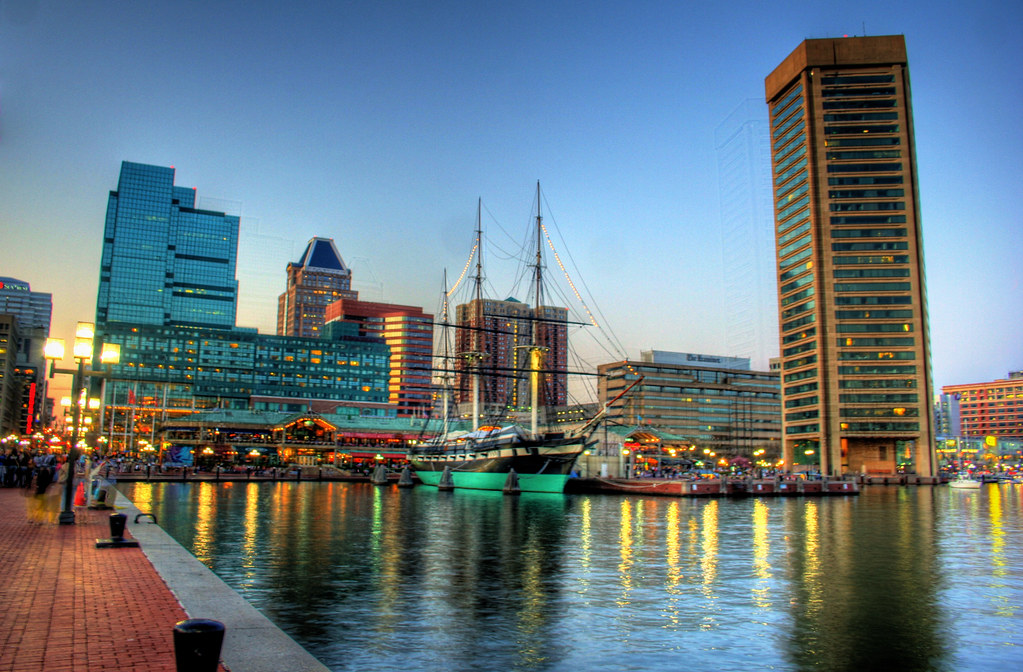Mayor Ruth Randleman on creating prosperous, livable, and fiscally responsible communities

Fourth of July in Carlisle, IA. Photo by the Carlisle Chamber of Commerce.
This post was originally published on The Tomorrow Plan Exchange, a community forum for discussing, sharing ideas, and imagining a more sustainable tomorrow for Greater Des Moines. The post was authored by Ruth Randleman, the Mayor of Carlisle, IA, a member of The Tomorrow Plan’s Steering Committee and an Advisory Board member of Smart Growth America’s Local Leaders Council.
As a member of The Tomorrow Plan Steering Committee, and as a mayor of a metropolitan area community that is addressing the issues required to move a community forward, I hope to add a perspective from an “on the ground” and “in the trenches” view on the often misunderstood and overused terms of “smart growth” and “sustainability.”





